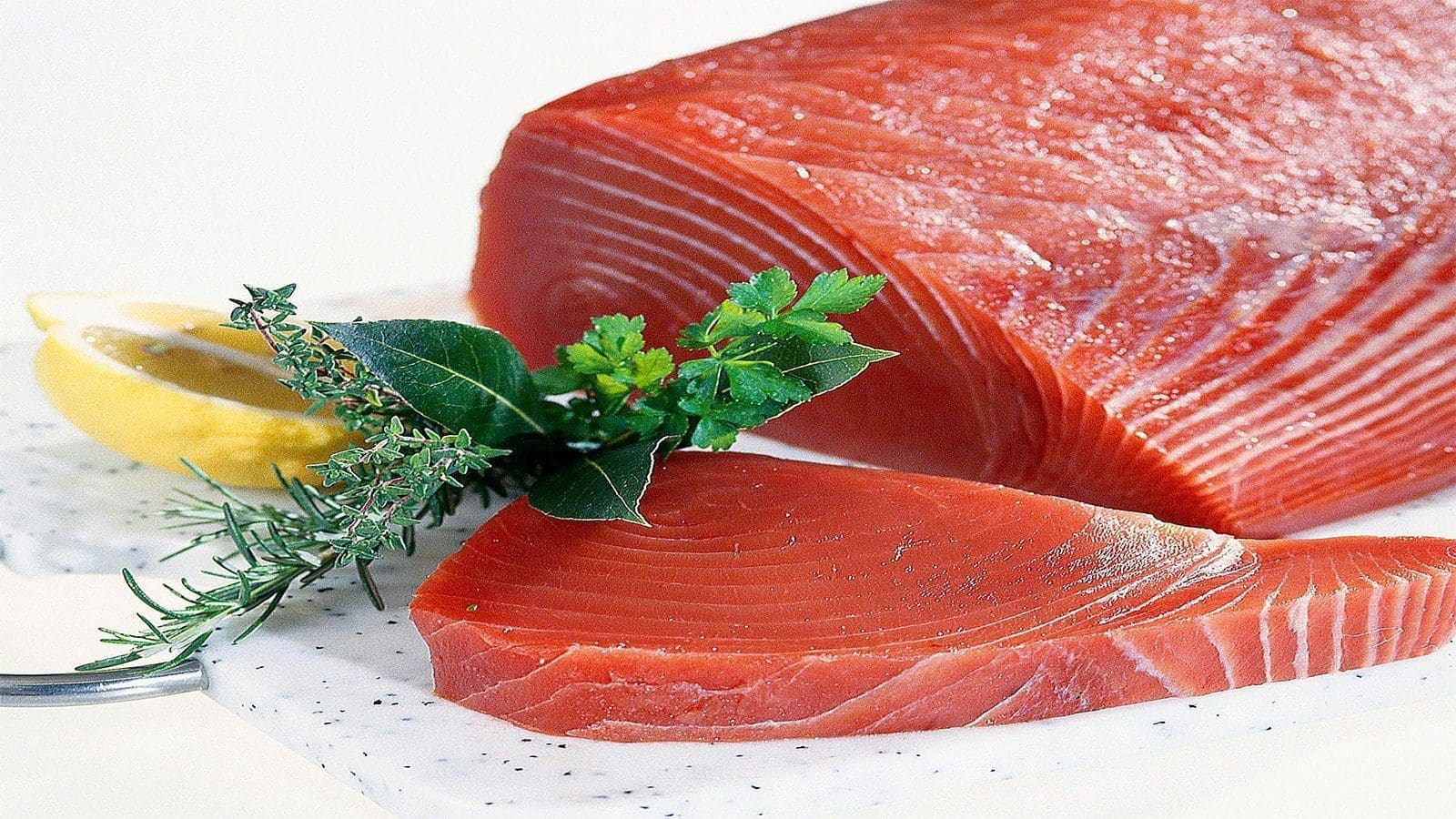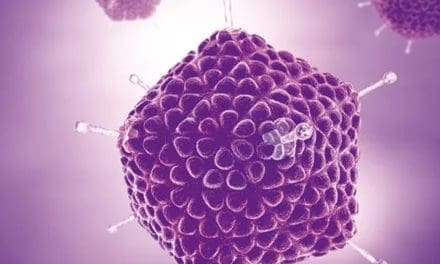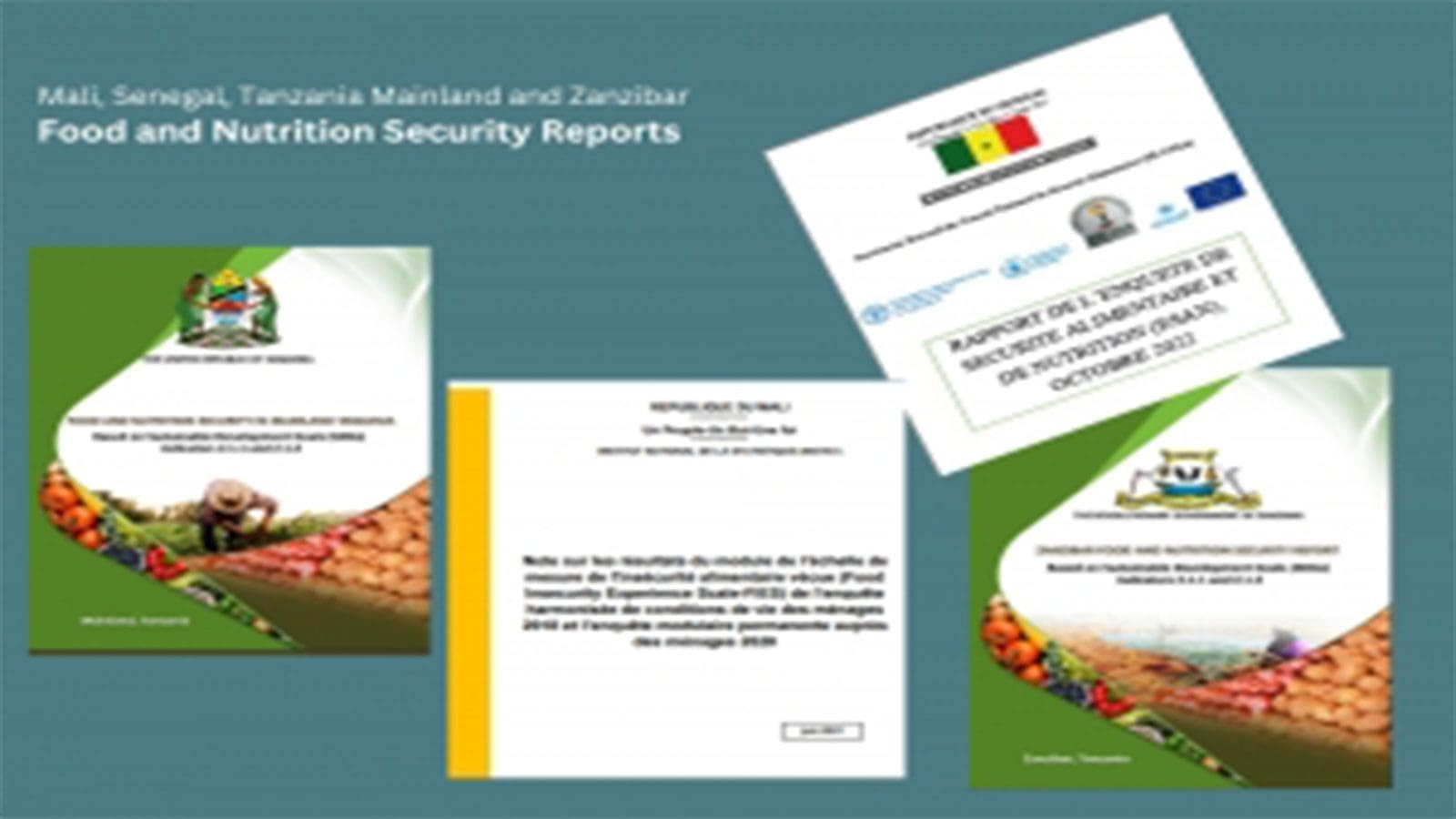EUROPE – The European Commission has set limits for three additives in tuna that they claim might predispose consumers to the risk of histamine, also known as scombroid, poisoning.
The limits apply to the use of ascorbic acid, sodium ascorbate, and calcium ascorbate as antioxidants in tuna.
These food additives were previously used as part of good manufacturing practice at a level no higher than necessary to serve the intended function, provided the consumer was not cuckolded. The maximum levels were also not clearly cut out.
Antioxidants in uncooked fish aid to delay the development of rancidity and flesh discoloration. The naturally red hue of fresh tuna flesh is a key factor in how consumers perceive freshness.
Consequent to food fraud investigations, national authorities have documented instances where tuna loins sold as fresh had additives in quantities greater than what is thought to be required to generate the typical antioxidant effect on fresh tuna.
Officials believe they are being applied to tuna before canning in order to restore the color and sell the seafood as fresh.
The Commission stated that the use of food additives in large quantities to artificially restore the color of fresh tuna flesh provides a chance to deceitfully market tuna for canning as fresh, selling it at a higher price, misleading consumers, and putting them at risk of histamine poisoning.
Scombroid/Histamine poisoning is similar to allergic reactions in some respects and manifests itself with symptoms such as skin redness and itching, dizziness and headache, nausea, vomiting, and diarrhea.
During an investigation in 2018 spanning 11 EU nations, it was discovered that tuna meant for canning had been chemically altered to create the appearance of freshness. Over 380 samples were taken, and 51 tons in total were seized.
In 2020, 16 out of 29 tests on tuna in Belgium revealed ascorbic acid levels that were out of compliance.
Other thawed tuna loins must only be used for canning, while thawed tuna loins labeled as fresh tuna must be from tuna frozen below – 18 degrees C (- 0.4 degrees F) after fishing.
Countries, led by Spain, requested that the Commission impose an upper limit for the antioxidant food additives in thawed tuna that is offered as fresh (unprocessed) or marinated tuna (processed).
300 milligrams per kilogram was proposed as the upper limit.
This is the greatest level that the sector has ever recorded, according to an earlier assessment from the European Food Safety Authority (EFSA).
This level strives to guarantee that, when using appropriate production processes, there is still room for legal use.
The regulation is expected to come into force in November.
For all the latest food safety news from Africa and the World, subscribe to our NEWSLETTER, follow us on Twitter and LinkedIn, like us on Facebook and subscribe to our YouTube channel.








